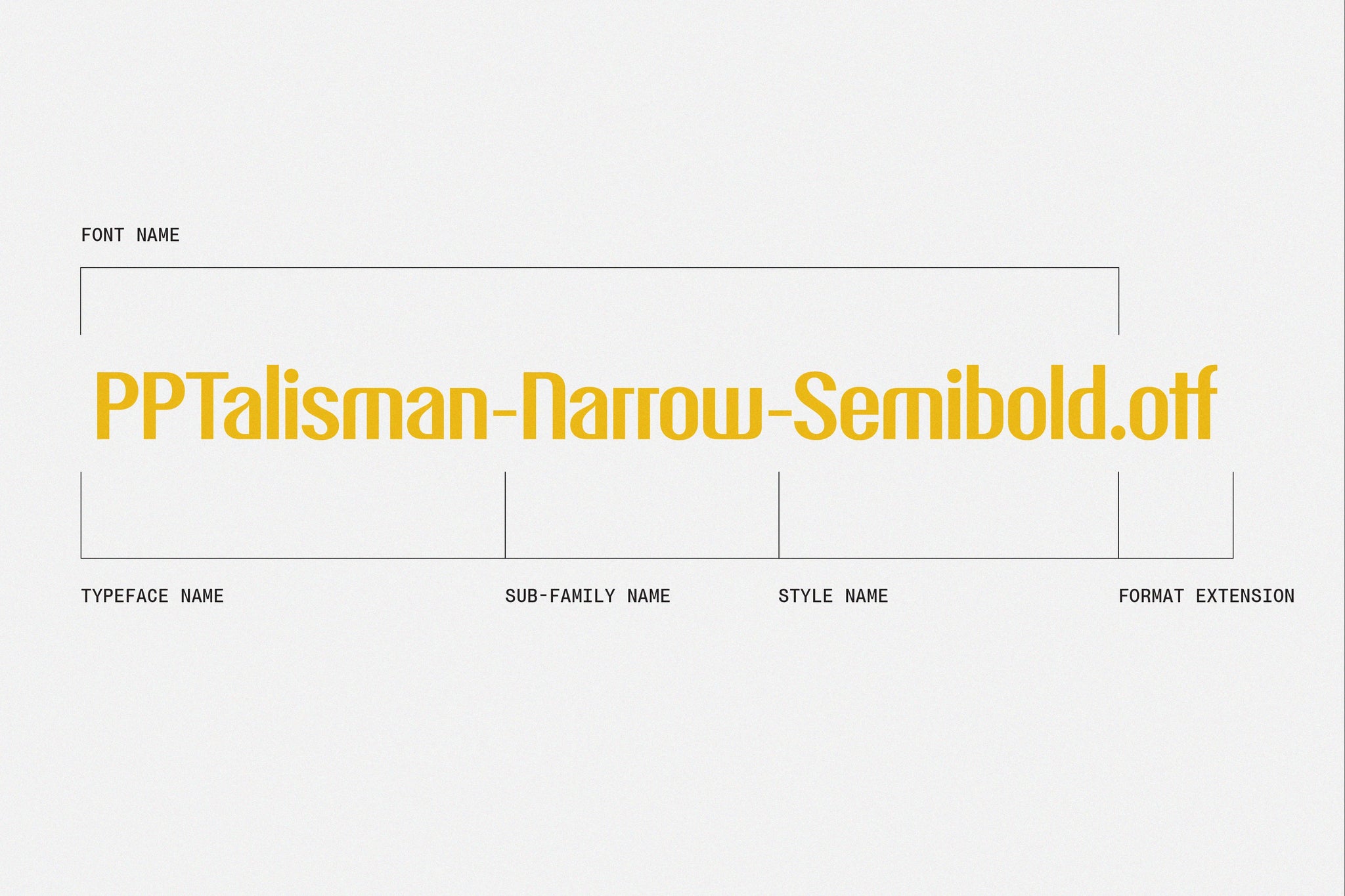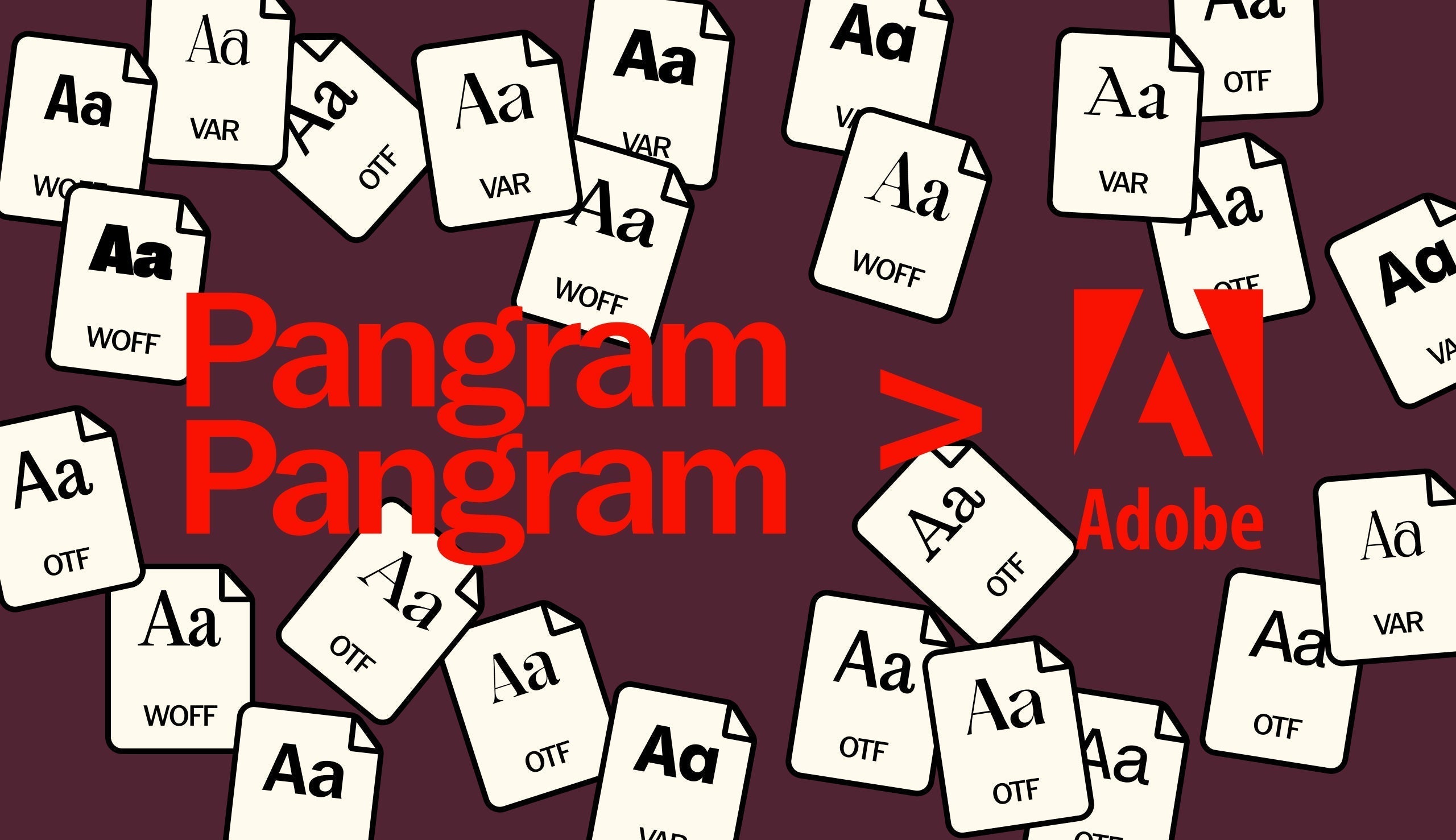In the realm of typography, the terms "typeface" and "font" are often used interchangeably, leading to confusion among designers and enthusiasts. However, these two terms carry distinct meanings, referring to different elements within the world of text design. To unravel the intricacies and understand the nuances between a typeface and a font, let's embark on a journey into the foundations of typography.

Typeface: The Architectural Design
A typeface is the fundamental design of a set of characters. It encompasses the visual appearance, style, and artistic expression of the letterforms. Think of a typeface as the overarching design concept—the blueprint that dictates how each character in the alphabet, numerals, and symbols should look. Typeface design involves decisions regarding stroke thickness, letter spacing, serifs (if present), and other aesthetic elements.
For instance, when you think of Pangaia, Editorial New, or Neue Montreal, you are referring to distinct typefaces. Each of these has its unique characteristics, defining the overall appearance of the letters and symbols. The typeface is essentially the design concept or the creative vision behind the characters.

Font: The Practical Implementation
On the other hand, a font is the practical realization or implementation of a typeface. It is the specific digital or physical file that contains all the characters, punctuation marks, and symbols within a particular typeface. A font includes various weights, styles, and sizes associated with the typeface design.
In simpler terms, a typeface is like a family name, while a font is an individual member of that family. Taking Neue Montreal as an example, the typeface is the overall design concept, and different fonts within the Neue Montreal family could include variations like Neue Montreal Regular, Neue Montreal Bold, or Neue Montreal Medium Italic. Each font represents a specific style or weight within the broader typeface.

Evolution of Terminology
Historically, the distinction between typeface and font was more evident in the era of metal type printing. A typeface referred to the physical collection of metal letters and characters designed by a typographer. When a specific size and weight of that typeface were needed, the corresponding font would be created by casting the characters in metal.
In the digital age, the distinction has become somewhat blurred as the entire typeface family is often packaged together as a font file. However, the underlying difference remains crucial for designers and typographers who seek precision in their craft.

Application in Modern Design
Understanding the difference between typeface and font is essential in modern design contexts. Designers often work with a variety of fonts within a single typeface to create hierarchy, emphasis, and visual interest in their layouts. The availability of digital fonts and the ease of customization allow for dynamic and flexible use of typefaces in contemporary design.
In summary, while a typeface is the artistic design concept or blueprint, a font is the practical realization of that design, encompassing specific styles, weights, and sizes. Appreciating this distinction empowers designers to make informed choices, fostering a deeper understanding of the intricacies within the world of typography.








